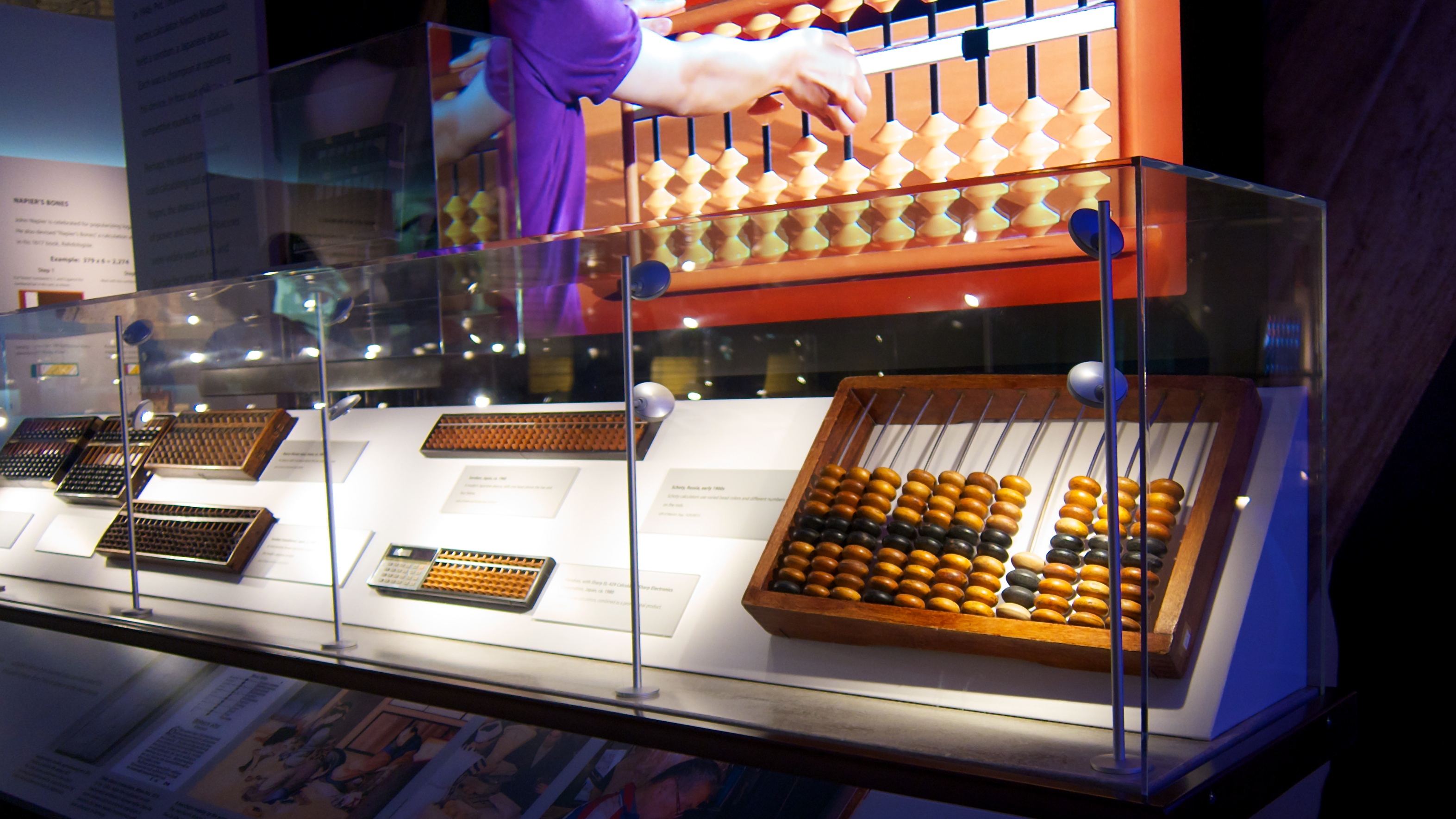10 Forgotten Everyday Items From the Past That Make No Sense Today
2. The Abacus - Calculating Through Beads

The abacus, a simple yet ingenious counting device, has been an essential tool for commerce and mathematics for centuries. Originating in ancient Mesopotamia, the abacus spread across cultures, each adapting it to their numerical systems. This device, consisting of a frame with rods and movable beads, allowed users to perform complex calculations with remarkable speed and accuracy. In an era before digital calculators, the abacus represented the pinnacle of computational efficiency, enabling traders and scholars to manage accounts and solve mathematical problems. Despite its simplicity, the abacus required skill and practice to master, with users developing a deep understanding of arithmetic principles. Its use persisted well into the 20th century, particularly in Asia, where it remained a staple in education and business. However, the rise of electronic calculators and computers eventually supplanted the abacus, relegating it to a historical curiosity. Today, the abacus is celebrated for its educational value, teaching fundamental mathematical concepts and fostering mental agility. Its enduring presence in classrooms underscores its lasting impact on the development of numerical literacy.